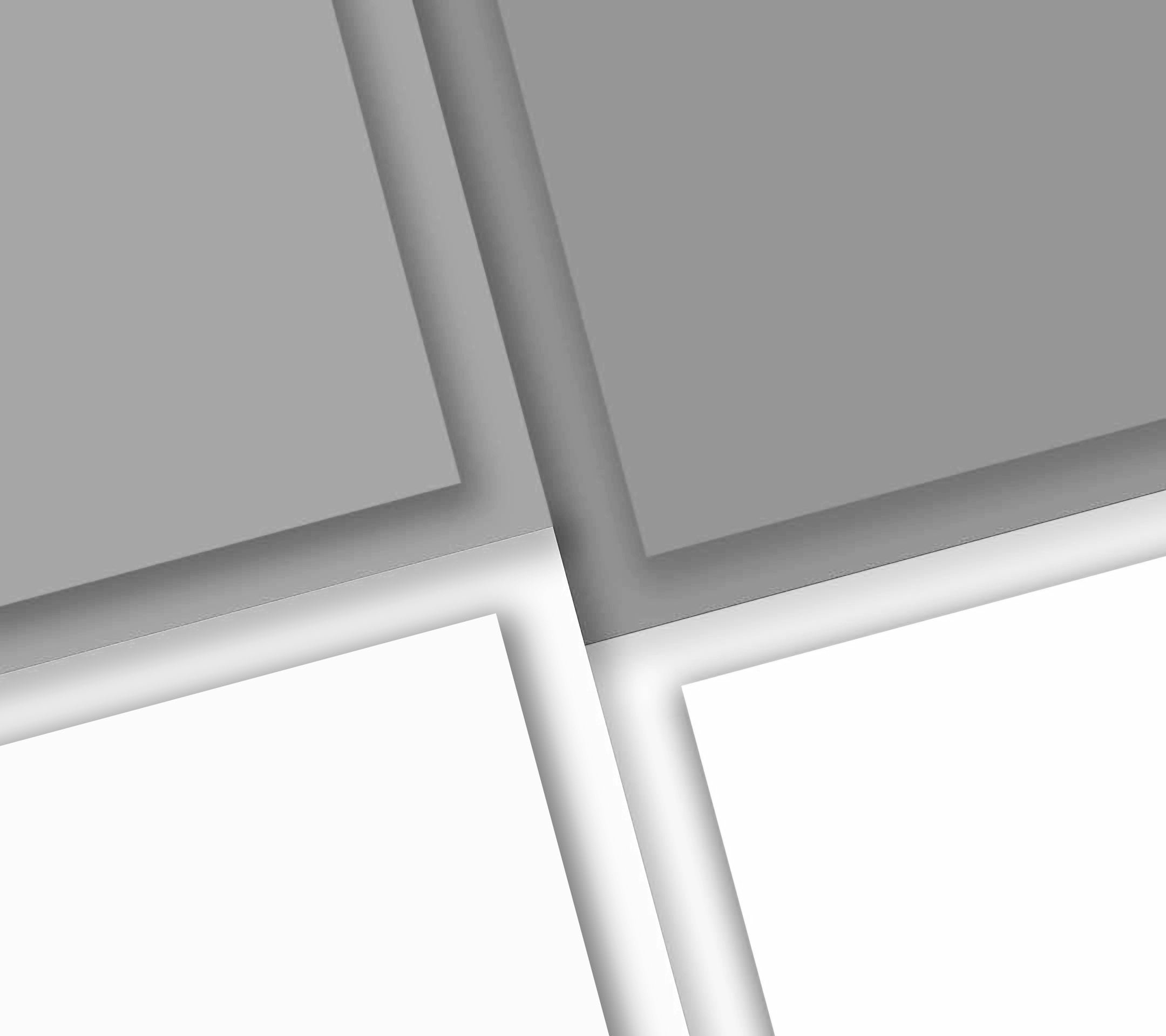
Deep Learning
Deep Learning in Machine Vision
Deep Learning is revolutionizing industrial machine vision, enabling faster, more accurate inspections while unlocking applications previously impossible with traditional methods.
Why Traditional Machine Vision Has Limitations
Traditional machine vision relies on engineers manually defining object features using mathematical models. This requires expertise and struggles with unpredictable variations in real-world environments. Any unaccounted changes in size, shape, lighting, or defects can lead to incorrect results.
How Deep Learning Solves This Problem
Deep Learning takes a fundamentally different approach, inspired by how neurons in the brain learn patterns. Instead of manually programming features, a neural network is trained on labeled images, automatically discovering the most important patterns for classification, detection, or anomaly identification.
Example: Identifying Ripe Tomatoes
A traditional vision system might detect tomatoes by searching for red, circular shapes. However, real-world variations—such as green stems, different shapes, or discoloration—make it difficult to create a perfect model.
With Deep Learning, the system is trained on thousands of labeled images, allowing it to automatically learn what a ripe tomato looks like, even when variations exist. This eliminates the need for manually defining rules and significantly improves accuracy.
Beyond Object Detection: Other Applications
Deep Learning extends beyond basic classification and object detection:
Anomaly Detection – Learns what “good” products look like and flags defective ones, even without labeled defect images.
Difficult OCR (Optical Character Recognition) – Reads complex, low-contrast, or non-standard fonts that traditional OCR struggles with.
Conclusion
By eliminating manual feature engineering, Deep Learning makes machine vision more powerful, adaptable, and scalable. This technology is transforming quality control, automation, and defect detection across industries.

